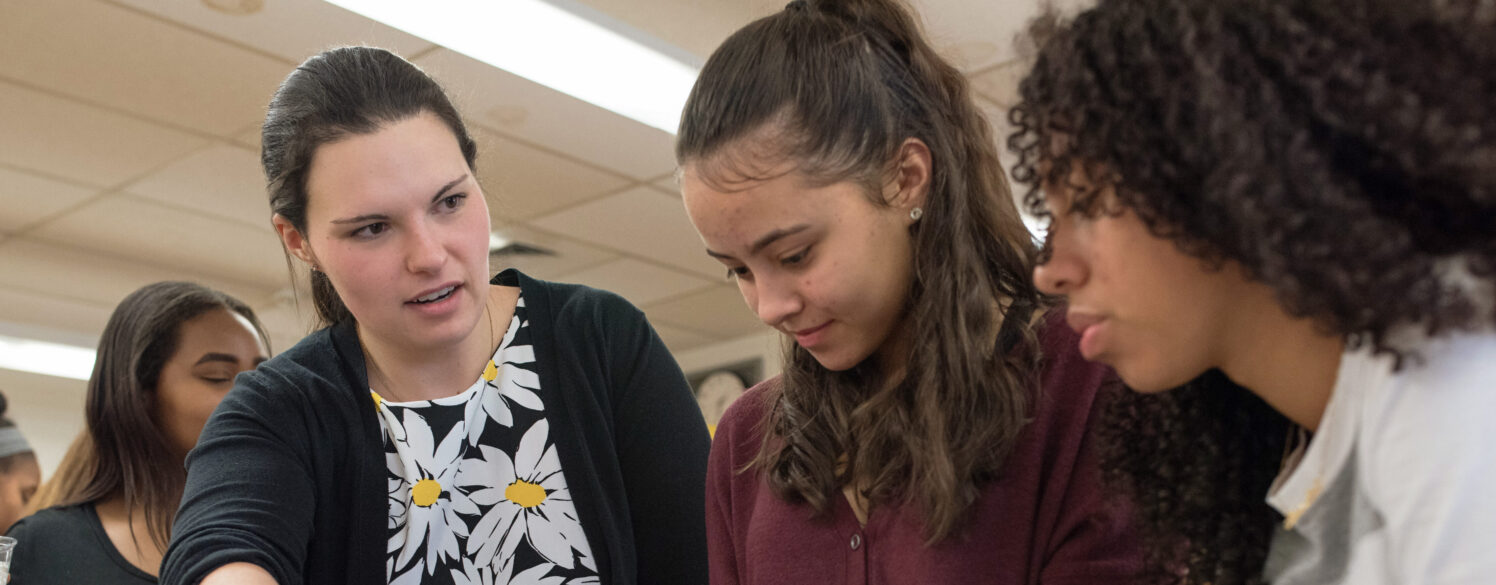Valuable Tools for Educators

Resources
-
Professional Learning Resource Inquiry Teacher Leadership Protocol Considerations for FacilitatorsThis resource is a valuable tool for facilitators aiming to lead productive, equitable, and goal-oriented data analysis protocol conversations. It addresses both the logistical and interpersonal aspects of facilitating such discussions, ultimately contributing to more meaningful learning experiences for everyone involved.
View Resource -
Blog Teacher Leadership Teacher Sustainability To Mentor or Not to Menter: Mentoring to Center Equity & JusticeThis blog series explores the real challenges and unexpected rewards of mentoring new teachers. Through personal stories, it highlights how mentoring fosters growth, reflection, and equity in education. Whether you’re considering becoming a mentor or already mentoring, these reflections offer honest insights into what the work truly involves—and why it matters.
View Resource -
Blog Teacher Leadership Teacher Sustainability To Mentor or Not to Mentor: Learning from LearnersThis blog series explores the real challenges and unexpected rewards of mentoring new teachers. Through personal stories, it highlights how mentoring fosters growth, reflection, and equity in education. Whether you’re considering becoming a mentor or already mentoring, these reflections offer honest insights into what the work truly involves—and why it matters.
View Resource -
Blog Teacher Leadership Teacher Sustainability To Mentor or Not to Mentor: Challenges bring GrowthThis blog series explores the real challenges and unexpected rewards of mentoring new teachers. Through personal stories, it highlights how mentoring fosters growth, reflection, and equity in education. Whether you’re considering becoming a mentor or already mentoring, these reflections offer honest insights into what the work truly involves—and why it matters.
View Resource -
Blog Teacher Leadership Teacher Sustainability To mentor or not to mentor?: That is the question.This blog series explores the real challenges and unexpected rewards of mentoring new teachers. Through personal stories, it highlights how mentoring fosters growth, reflection, and equity in education. Whether you’re considering becoming a mentor or already mentoring, these reflections offer honest insights into what the work truly involves—and why it matters.
View Resource